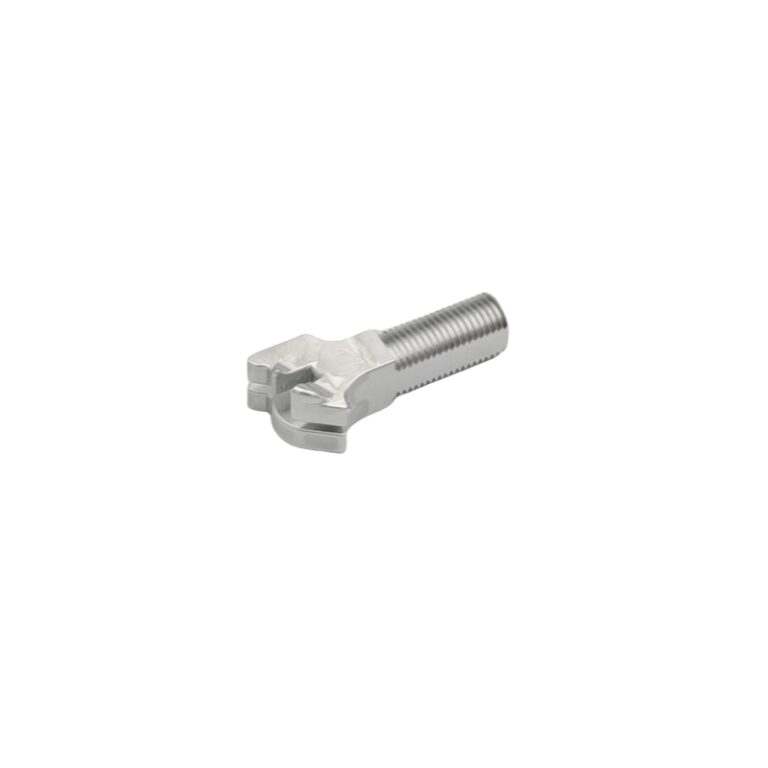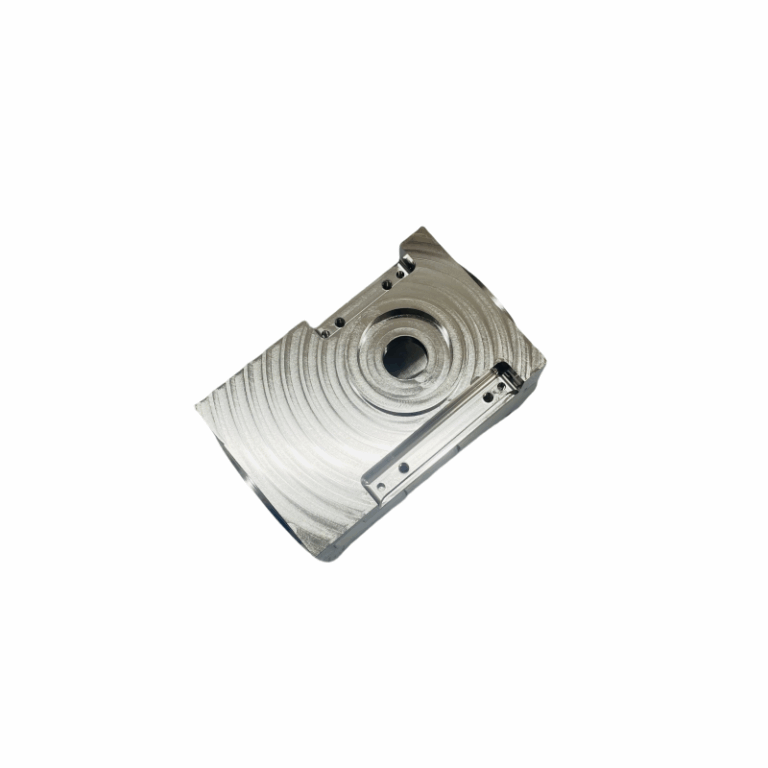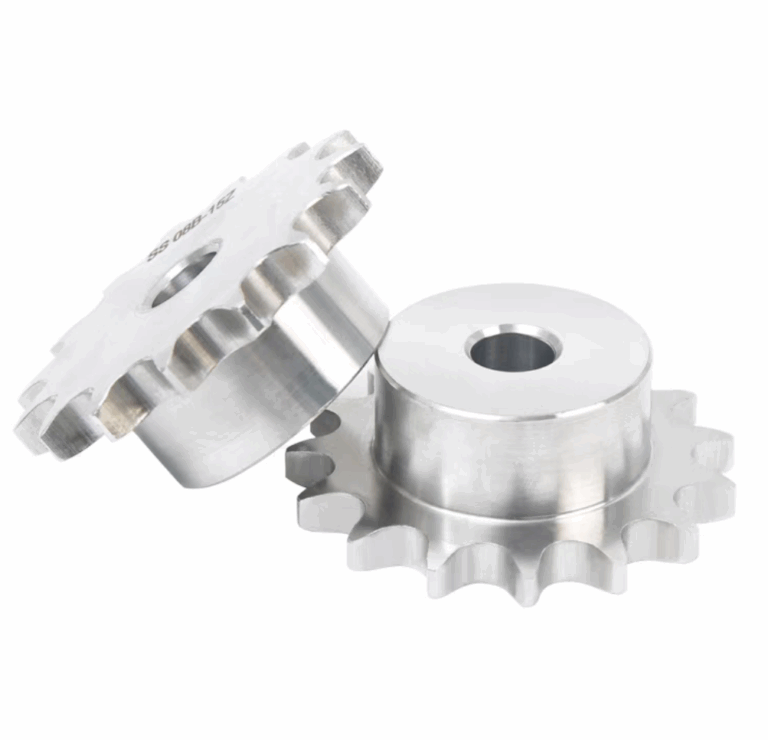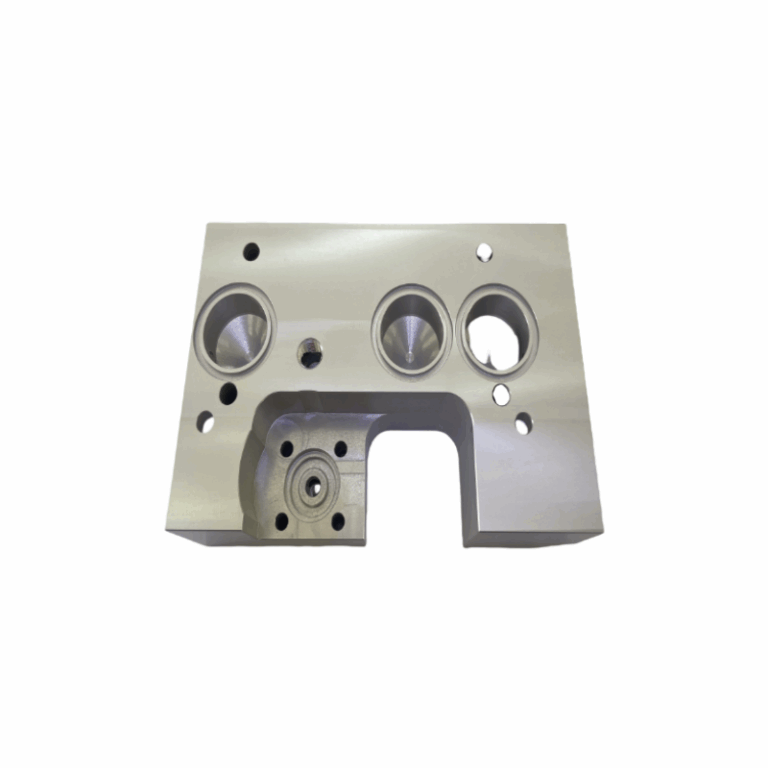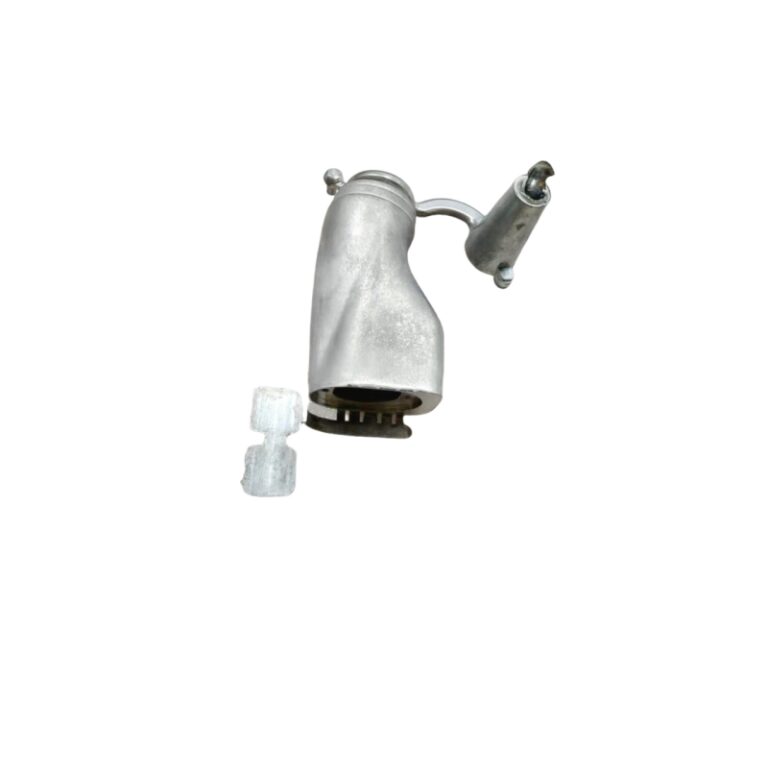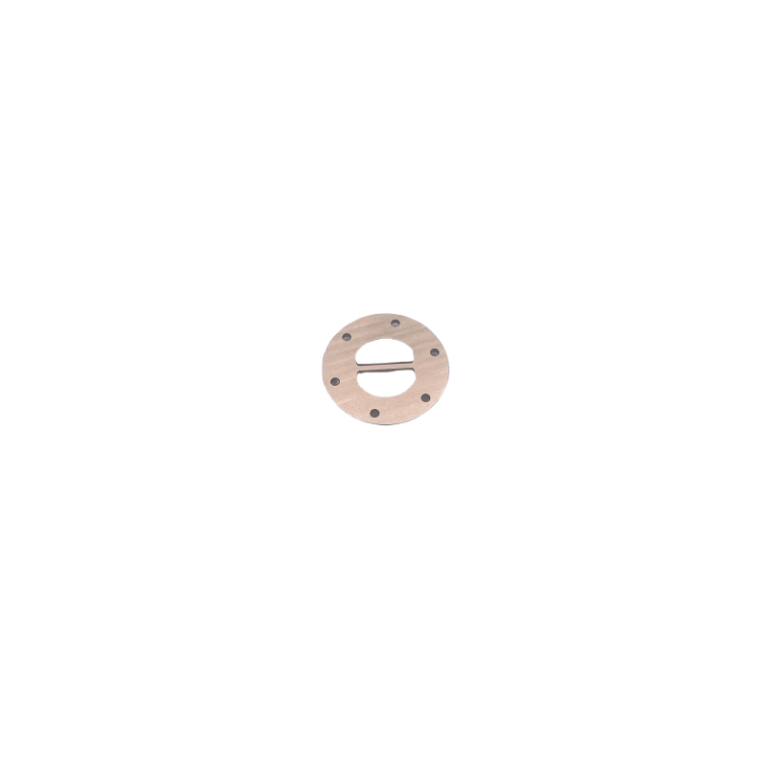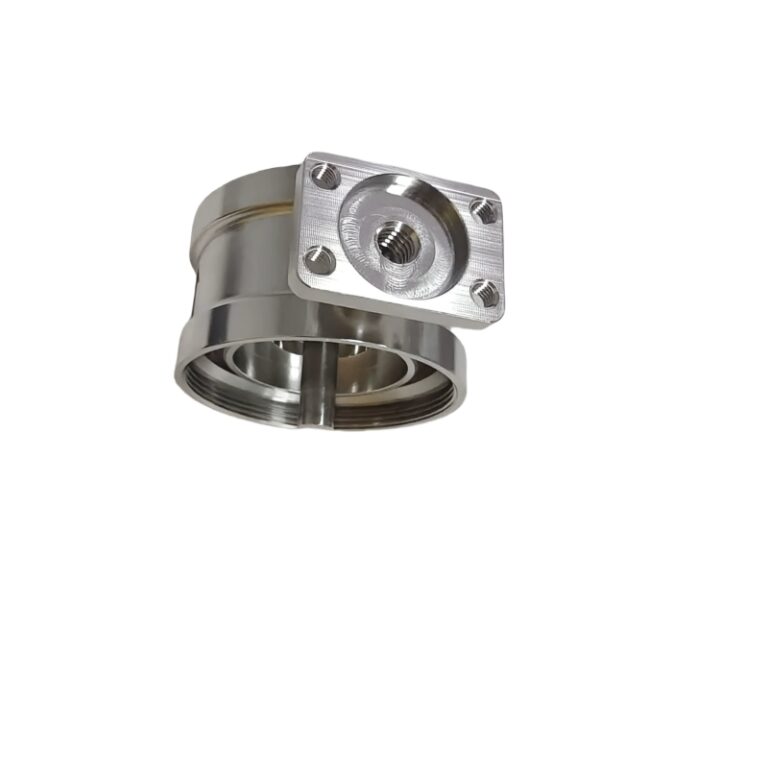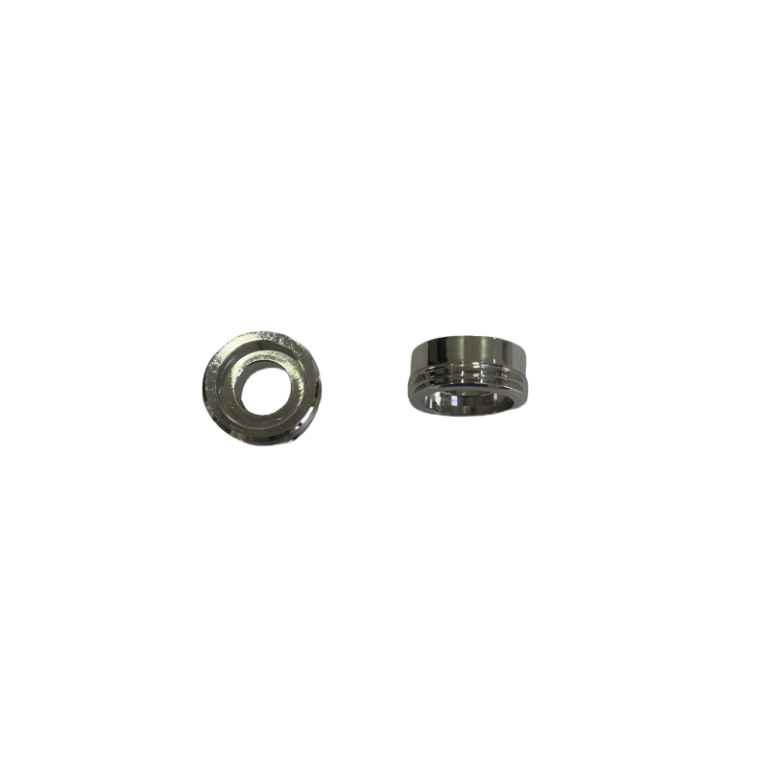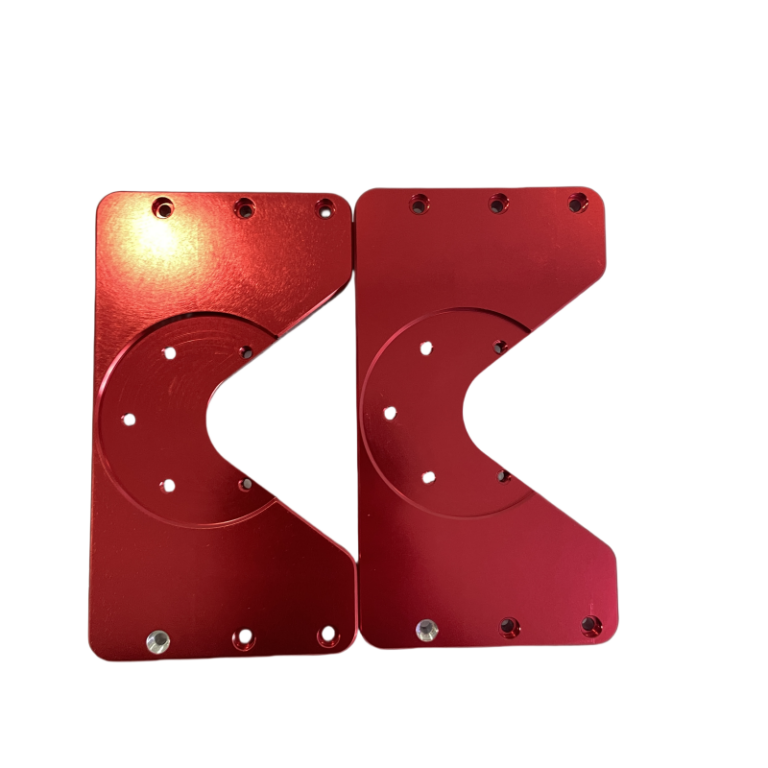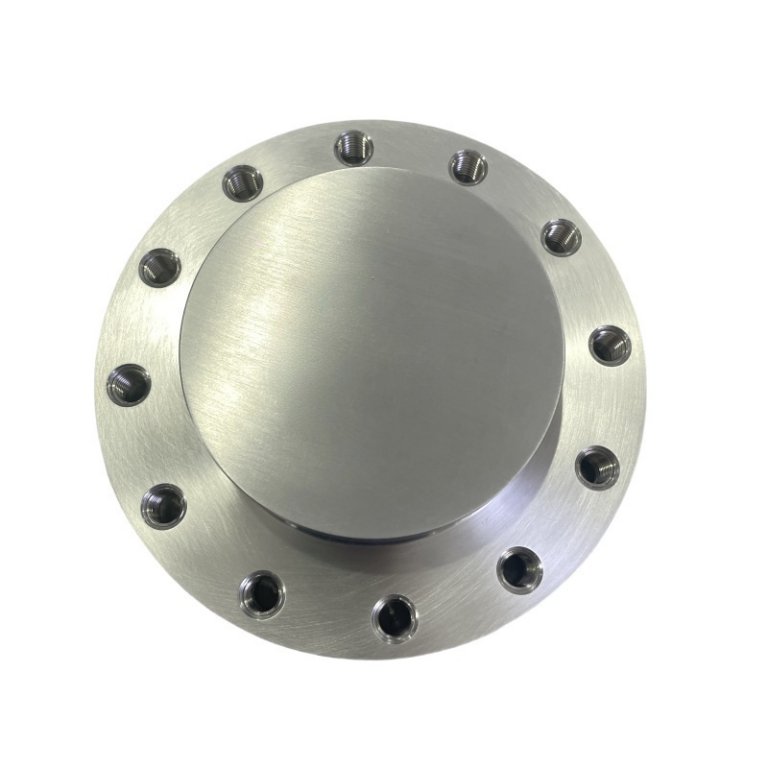What is Injection Molding?
Injection molding is the process of injecting heated and melted plastic or metal materials into a molding mold through an injection molding machine to manufacture plastic products and metal products of various shapes. This process is widely used to mass-produce complex parts with consistent quality and precision.
Creating or selecting the right plastic injection molds is very important as they affect the final output. In addition, the mold also determines how the details of the complex parts are captured. Each injection molding project requires a unique mold based on size and shape.
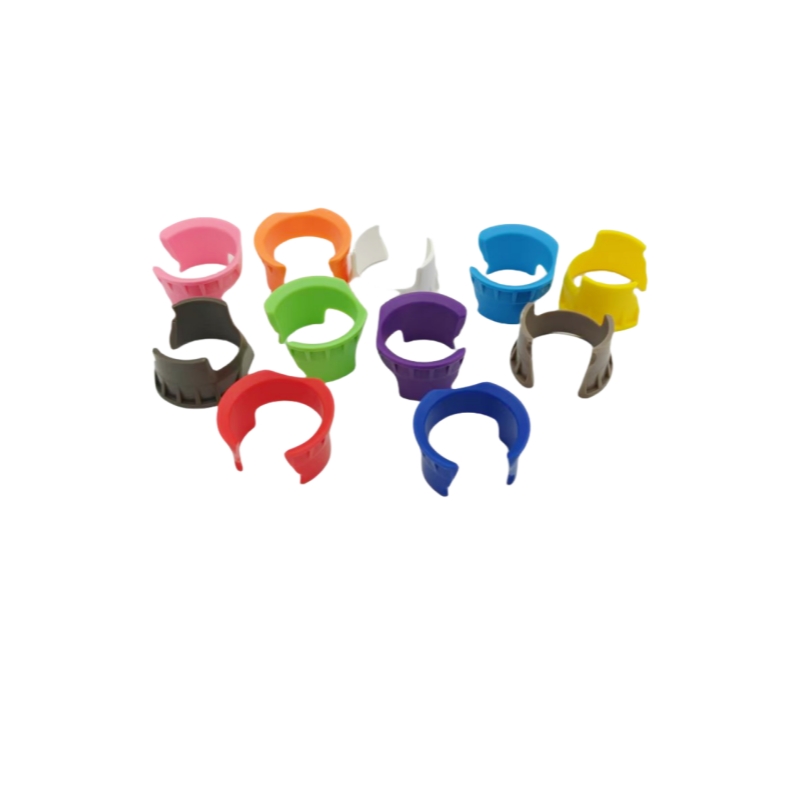
How does Injection Molding Work?
- Clamping: The process begins with the mold closing phase, where the mold is securely closed to prevent the thermal expansion of the molten plastic from leaking out. The clamping device applies pressure to hold the mold halves together, ensuring a tight seal. This phase lays the foundation for the subsequent phases, providing stability for the injection and cooling processes.
- Injection: The injection phase begins with the injection of molten plastic into the mold cavity under high pressure. Molten plastic refers to a plastic that has been melted to its melting point. This step requires precise control of injection speed, pressure, and temperature to ensure that the material fills the cavity completely and evenly.
- Holding stage: After the molten plastic is injected into the mold cavity, there is a brief pause known as the holding phase. During this phase, the material remains stationary within the metal mold, allowing it to settle and pack evenly. Proper dwell time is critical to ensure that the material is evenly distributed and fills any intricate features or details of the part. This phase helps minimize potential defects such as air pockets or voids and promotes a dense and uniform structure within the part.
- Cooling phase: the mold enters the cooling phase, where the molten plastic in the cavity solidifies. Cooling can be achieved by a variety of methods, such as circulating a coolant through channels in the mold or allowing the mold to cool naturally in the ambient air. Since cooling time accounts for about 70% to 80% of the entire molding cycle, a properly designed cooling system can significantly shorten molding time, improve injection molding productivity and reduce costs. An improperly designed cooling system will extend molding time and increase costs. Uneven cooling will further cause warping and deformation of plastic products.
- Demolding: Demolding is the last step in the injection molding cycle. Although the product has been cold-formed, demolding still has a significant impact on product quality. Incorrect demolding methods may apply uneven forces to the product during demolding and cause defects such as product deformation during demolding. There are two main ways to demold: ejector demolding and stripper demolding. When designing a mold, please choose the appropriate molding method according to the structural characteristics of the product to ensure its quality.
What are the injection molding services?
Conventional Injection Molding: A standard process in which molten plastic material is injected into a mold cavity, cooled, and ejected as a solid part.
Insert molding: involves placing a preformed part (insert) into the mold cavity before injection to form a single integrated part.
Overmolding: The process of molding a second material onto a substrate, often used to add soft-touch surfaces or multi-material aesthetics.
Co-injection molding: Injecting two or more different materials into a mold cavity simultaneously to produce a multi-material part.
Double or multiple injection molding: Different materials or colors are injected sequentially into the same mold cavity, allowing multi-material or multi-color parts to be produced in one step.
Micro Injection Molding: A particular process for producing extremely small plastic parts with tight tolerance requirements, commonly used in electronics and medical devices.
Liquid Injection Molding (LIM): Using high pressure inject Liquid Silicone Rubber (LSR) or similar elastomers in a mold cavity. It is suitable for producing flexible parts with complex geometries.
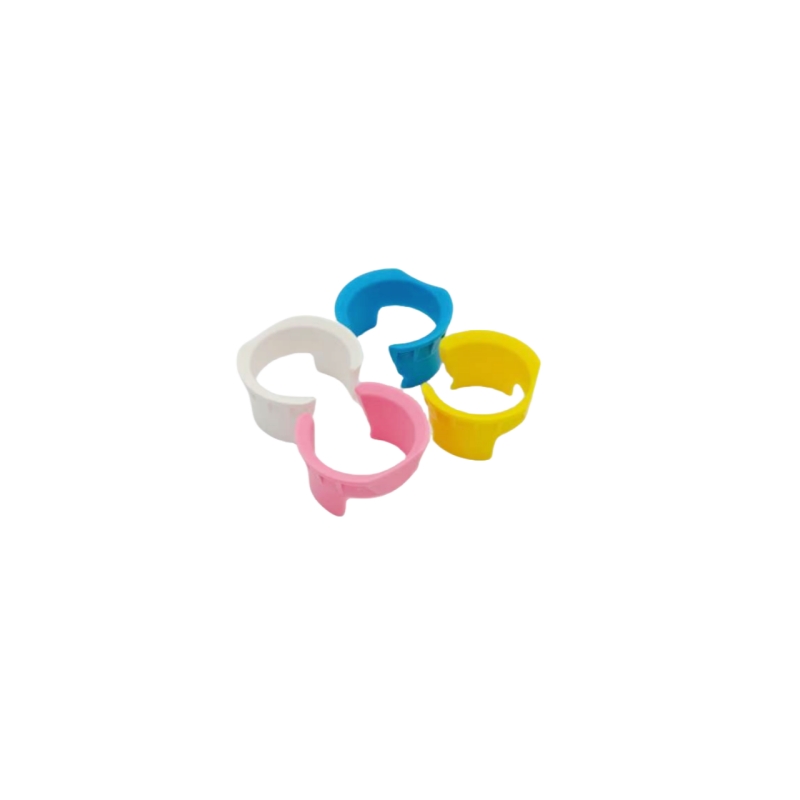
Common Materials for Injection Molding
PP: PP is a versatile thermoplastic that has a wide range of applications in injection molding. Its low density, high chemical resistance, and excellent fatigue resistance make it a top choice for producing items such as packaging, containers, and automotive parts.
ABS: ABS is known for its strength, impact resistance, and dimensional stability. These properties, combined with its ability to be easily molded and colored, make ABS a top choice for manufacturing consumer goods, automotive parts, and electronic housings.
PE: PE is a lightweight plastic known for its flexibility and low cost. It comes in variants such as HDPE and LDPE and is used in a variety of industries, from packaging and containers to agricultural products and toys.
PS: PS is transparent, rigid, and economical. PS is often used in disposable items such as packaging, food containers, and disposable cutlery, and is favored for its ease of molding and cost-effectiveness.
Nylon: Nylon, specifically Nylon 6 or PA 6, is known for its strength, toughness, and wear resistance. Nylon is ideal for producing mechanical parts and is widely used in applications such as gears, bearings, and other components that require high production volume, durability, and precision.
PC: PC is highly popularized for its transparency, impact resistance, and high-temperature resistance. These properties make it suitable for manufacturing optical lenses, electronic components, and durable transparent parts in various industries.
POM, commonly known as acetal or Delrin, is a high-strength engineering plastic with excellent dimensional stability. Its low friction and wear and good chemical resistance make it ideal for the production of gears, bushings, and other precision components.

Advantages and Disadvantages of Injection Molding
The world of injection molding offers unparalleled efficiency and precision, but it is not without its challenges. In this section, we will explore the benefits that make injection molding a cornerstone of manufacturing, as well as the limitations and challenges of infusing nuances into mastering the injection molding process.
Advantages:
- High Precision
Injection molding can create parts with extremely tight tolerances and consistent dimensions. The process enables manufacturers to produce complex geometries and intricate shapes with extreme precision, ensuring that each part meets precise specifications.
- Complex Details
One of the standout features of injection molding is the ability to produce parts with intricate details and complex features. This includes thin walls, complex patterns, undercuts, threads, and other intricate details that may be challenging or impossible to achieve with alternative manufacturing methods.
- Durability
Injection molded parts are popularized for their durability and strength. The process ensures that the material is evenly distributed, resulting in parts that exhibit excellent structural integrity and resistance to wear, impact, and environmental factors. This durability makes injection molded parts suitable for a wide range of applications across a variety of industries.
- Automation
Injection molding is highly automated, which increases production efficiency and reduces labor costs. Automated injection molding machines can run continuously with minimal human intervention, ensuring consistent part quality and high productivity. This automation also allows for fast production cycles, allowing manufacturers to meet tight deadlines and scale up production as needed.
- Cost-Effectiveness for Mass Production
While the initial tooling costs for injection molds can be high, injection molding becomes extremely cost-effective for large-scale production. Once the molds are made, the unit manufacturing costs are significantly reduced, making injection molding an economical choice for mass production of identical or similar parts.
- Wide Range of Materials
Injection molding supports a wide range of materials, including thermoplastics, thermosets, elastomers, and composites. This versatility in material selection allows manufacturers to select the most appropriate material for their specific application requirements, whether it be mechanical properties, chemical resistance, or aesthetics.
- Reduced Post-Processing
Injection molded parts typically require minimal post-processing, as they typically have smooth surfaces and precise dimensions straight out of the mold with minimal scrap. This reduces the need for additional machining, grinding, or finishing operations, saving time and resources in the manufacturing process. Additionally, the consistency and precision of injection molding minimize the occurrence of defects, further reducing the need for rework or corrections.
Disadvantages
- High Initial Mold Costs
One of the significant disadvantages of injection molding is the high cost of making molds. Designing and building molds to fit specific part geometries can be very expensive, especially for complex or intricate designs. This initial investment can be prohibitive for companies with smaller production runs or limited budgets.
- Takes Longer to Get Started
Injection molding typically requires more time to set up and start up than some rapid prototyping methods, such as 3D printing. The process includes designing and building molds, conducting mold trials, and fine-tuning process parameters before starting large-scale production. As a result, the lead time from concept to finished part can be longer than with faster prototyping methods.
- Size Limitations
Injection molding can have size limitations, especially for larger parts. The size of the injection molding machine and the capacity of the cavities can limit the maximum size of the part that can be produced. Making oversized parts may require specialized equipment or multiple mold cavities, which further increases cost and complexity.
- Design Limitations
While injection molding offers great versatility in creating complex shapes and details, there are still design limitations that need to be considered. Some part geometries, such as sharp corners, thin walls, or deep recesses, can present challenges with mold filling, cooling, or ejection. Designing injection molded parts often requires careful consideration of draft angles, wall thickness, and other design criteria to ensure successful moldability and part quality. Additionally, features such as undercuts or complex internal geometries may require additional mold features or secondary operations, adding complexity and cost to the manufacturing process.
Injection molding has come to dominate various industries due to its efficiency in mass-producing complex, high-quality parts. It is widely used in the automotive, electronics, medical, and consumer goods industries. This process not only simplifies production but also enables the creation of complex shapes and features, pushing the boundaries of design possibilities, and making the ideas come true!

